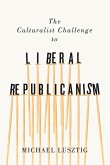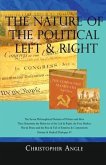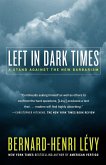What is the Right? What do Conservatives, the American Republican blue collar base, Euroskeptics, traditionalist Catholics, and neo-Confederates in the U.S. have in common, to characterize them all as on the Right? According to the author of Primer on the Right, quite a bit. Until recently, Left-Right political taxonomy in Western liberal democracies has been fairly straight-forward. In retrospect-post-2016-this taxonomy appears to have been not only simplistic, but misleading as well, and in the United States perhaps willfully so. In order to understand Left and Right today, it is no longer sufficient, or even necessarily useful, to focus on grab bags of political stances involving political economy, foreign policy, and social issues. Rather, the essential questions determining Left and Right pertain to larger world views, in how the Left and Right view the nature, purposes, and forms of government, society, and even civic morality. Nowhere is it more vital to remove misconceptions as to worldview than with respect to the Right. With the emergence of the Trump White House, BREXIT, and resurgent nationalism on the European continent, the RIghtist impulse poses a potential existential threat to a liberal progressive agenda. This primer seeks to illuminate what it truly means to be on the Right versus the Left. While both Left and Right endorse personal evaluations of the "Good Life," they do so in radically different ways. In sum, the author proposes that the Right's tenets can be boiled down to a belief in objective values, hierarchy, a beneficent "March of History" which acknowledges the legitimacy of historical domination and subordination, loyalty as a first principle, nationalism or tribalism, and the current age as one of degeneration.








